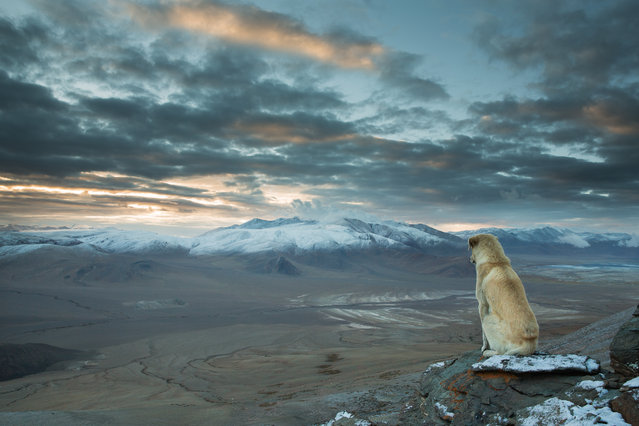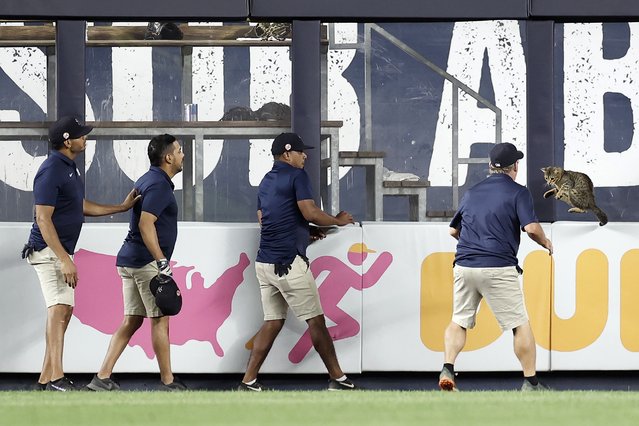
People look at home-made armoured vehicle look-alikes on a street in Shenyang, Liaoning province, November 12, 2014. A man surnamed Zhang and his friends converted two cars into these two vehicles, for his son, and will be displaying them on show at a local park. The cannons on the vehicles can fire paintballs and smoke shells, local media cited Zhang as saying. (Photo by Reuters/Stringer)
15 Nov 2014 12:39:00,post received
0 comments







